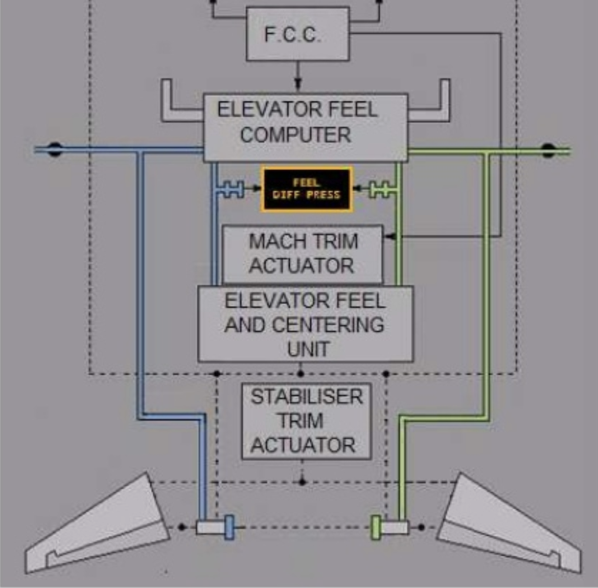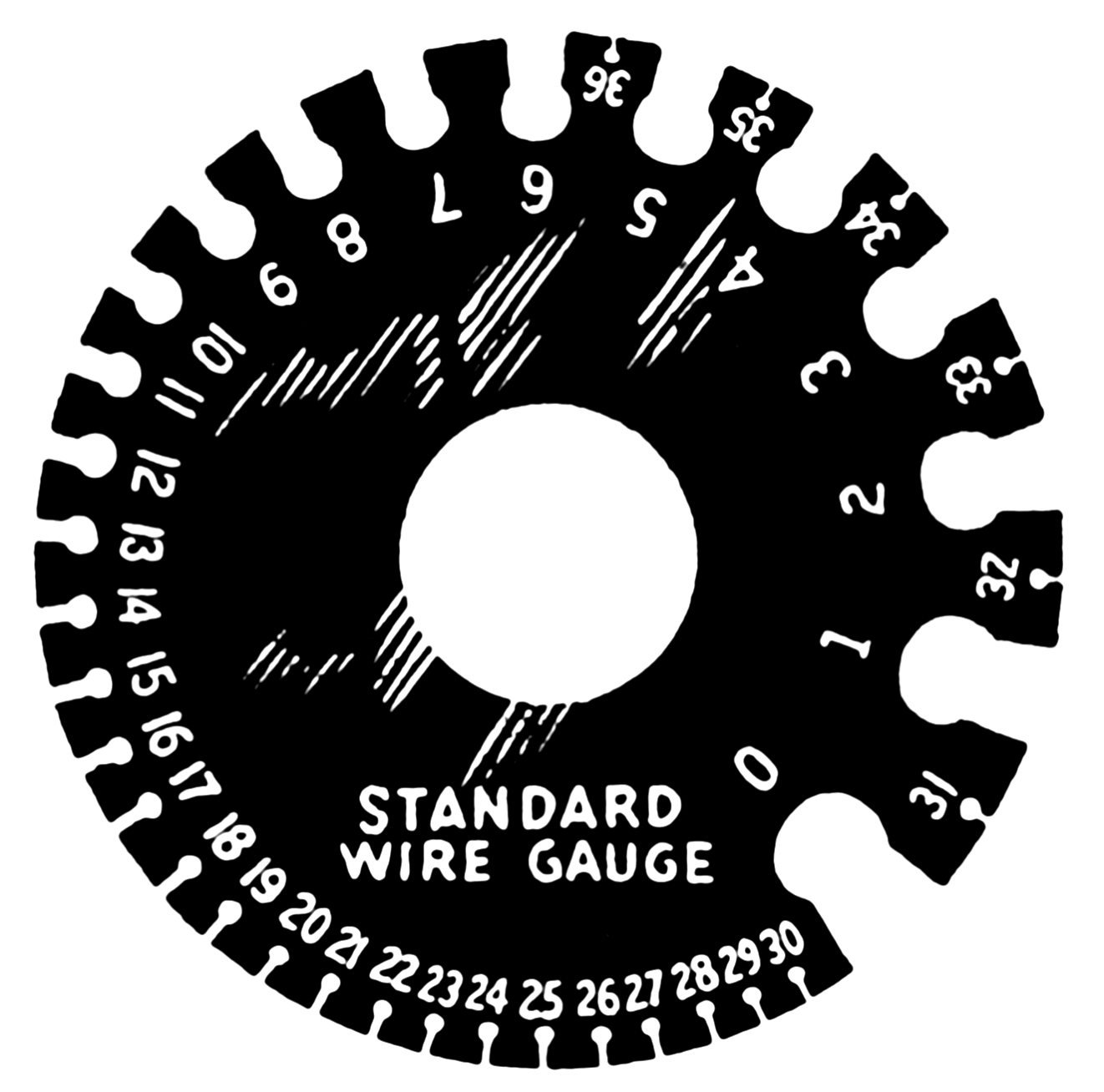Empty-Niche Syndrome
by Brian Hayes
Published 3 July 2006
Life has found its way into most of the nooks and crannies of this planet, including some inhospitable ones. Fish with antifreeze in their blood occupy the coldest ocean waters, and whole communities of worms and clams thrive at geothermal vents on the sea floor, where temperatures go well over 300 degrees Celsius. The harshest deserts have insects that gather moisture from dew. Pools of toxic mine waste bloom with a polychrome fringe of bacteria. Wherever there’s a living to be made, it seems some organism evolves to exploit it.
And yet a few attractive ecological niches remain mysteriously vacant.
One such niche that I’ve long wondered about is the kitchen refrigerator. Globally, there are several hundred millions of these large metal boxes, each continually replenished with tasty treats. We put food in the fridge explicitly to keep it out of the reach of other species, primarily rodents and insects as well as the various molds and other microorganisms that we call rot. In the case of rot, refrigeration only slows down the attack; it doesn’t halt it. But the larger pests have not found their way into the refrigerator, as far as I can tell. Why not? Compared with seafloor hot springs or a Minnesota winter, the environment inside the typical kitchen refrigerator is really quite mild. You’d think that insects, for example, could adapt to life in such conditions.
Through an inadvertent experiment involving leftover pizza (I’d rather not describe the protocol in greater detail), I have just discovered that small brown ants survive refrigeration perfectly well, at least for a few hours. So I’m left to wonder why they have not colonized the space. The idea that they cannot penetrate the rubber gasket around the door leaves me unpersuaded; they get into too many other tightly closed spaces. That leaves the hypothesis that ants have not yet invaded the icebox only because mechanical refrigeration is too recent an innovation, and not enough time has passed for evolution to catch up. Eventually, some new species (Formica kelvinator?) will set up housekeeping in the vegetable crisper. After that will come the refrigerator roaches, immediately followed by the end of civilization as we know it.
There’s another vacant niche I’ve been thinking about lately. James Lovelock, in his latest Gaia volume (The Revenge of Gaia, Basic Books) goes on at some length about the comparative sterilty of tropical oceans. Those clear blue waters look beautiful, but they’re clear because nothing much lives in them. Lovelock explains that a thermocline—a sharp discontinuity in temperature—separates the warm layer near the surface from the cooler water below. All the nutrients in the upper layer are quickly used up, and because there’s little mixing with the deeper strata, the essential minerals can’t be replenished. It’s almost tragic: At the surface there’s abundant sunlight but a dearth of raw materials; 30 or 100 meters below, the sea is a nutritious broth but too dim for photosynthesis.
Surely this situation has to be seen as an opportunity for creative biology. Why don’t we have swarms of organisms that shuttle back and forth between those layers, collecting nutrients below and converting them into biomass at the surface? Such vertical migration is physiologically possible; krill do it—but they are grazers rather than primary producers, and they are most abundant not in the tropics but in the Southern Ocean. Another possibility would be floating plants—think of oceanic lillypads—with tendrils dangling below them all the way to the thermocline.
I suppose that “Why not?” is a question that biology must always shrug off. There’s really no limit to the number of paths that evolution might have taken but didn’t, or to the number of creatures that might exist but don’t. And maybe a world without teeming tropical oceans is the price we pay (willingly?) for a world without ants and roaches in the refrigerator.
Update, July 4, 2006. It’s my worst nightmare. Thanks to a vigilant friend, I now know that the ants have already penetrated the gasket, and no doubt they’ll soon be fully cold-adapted. See the dire news here.
Responses from readers:
Please note: The bit-player website is no longer equipped to accept and publish comments from readers, but the author is still eager to hear from you. Send comments, criticism, compliments, or corrections to brian@bit-player.org.
Publication history
First publication: 3 July 2006
Converted to Eleventy framework: 22 April 2025




Hi Brian — I’m a big fan of your writing for American Scientist and in general. Compliments aside, isn’t your statement about geothermal vents misleading? I can accept that temperatures in these vents get to 300 degrees Celsius, but I think that the most heat-tolerant organisms we know of exist around the periphery of these vents, where the temperature is a chilly 115 or so. 115-120 is the upper limit for known hyperthermophilic bacteria, anyway….
Hi Brian - Even I am a big fan of your writing.
Bookmarked this page, will frequent for more illuminative article.
I came across a-not-so-old issue of the American Scientist while waiting for my wife at the doctor’s, and was easily attracted to your writing style. From the magazine itself I came to learn about your blog, and am now trully hooked!
Thank you for a refreshing break from my daily blog readings… :)
Cheers,
Og Maciel